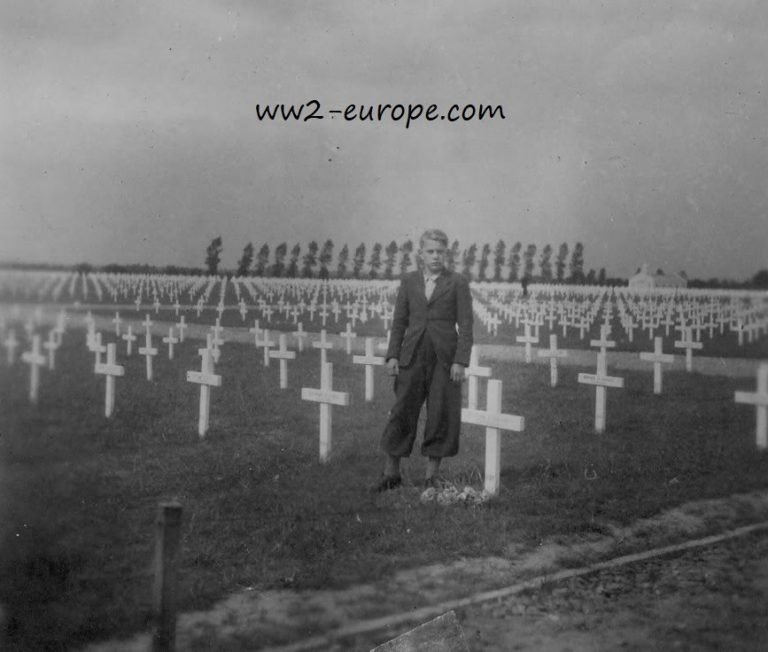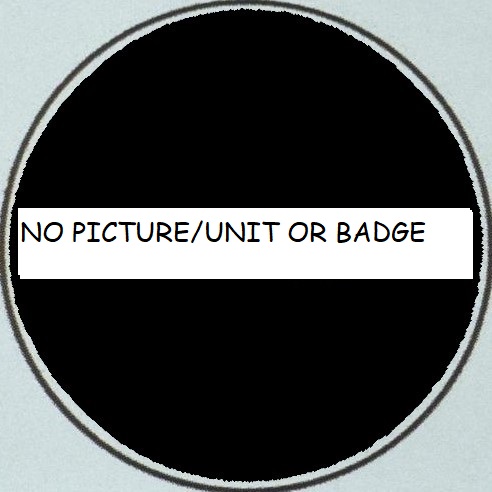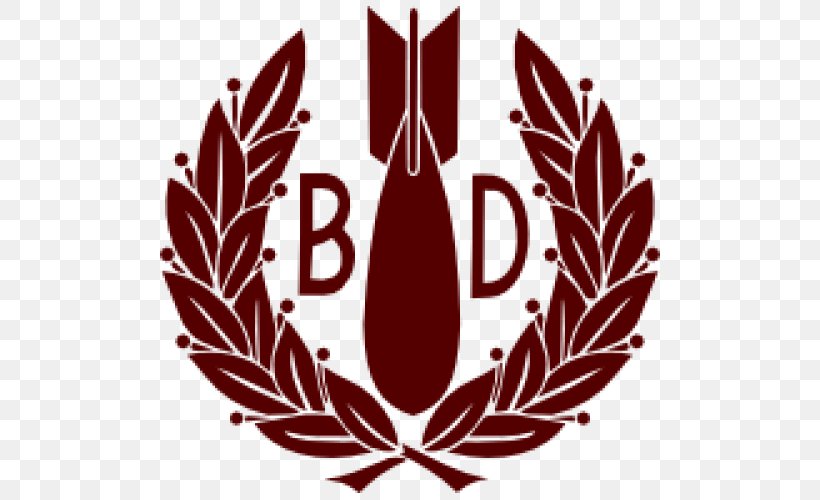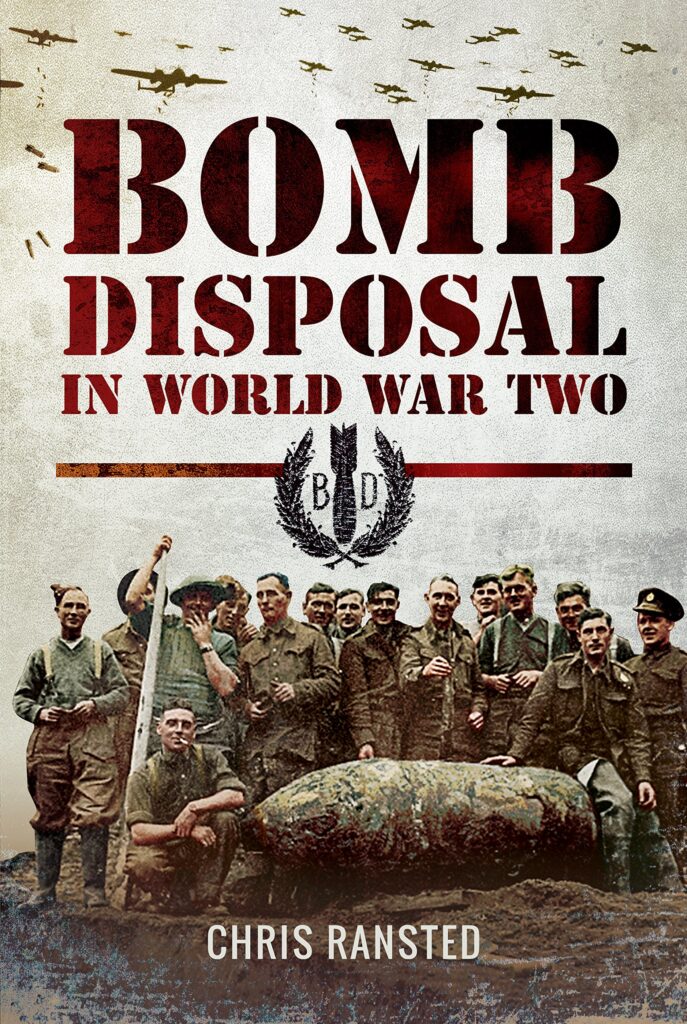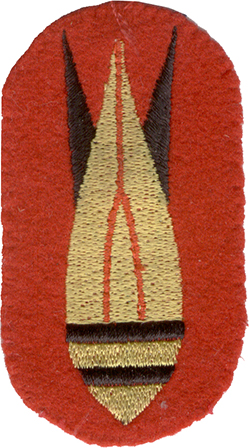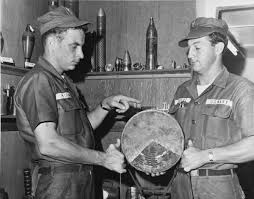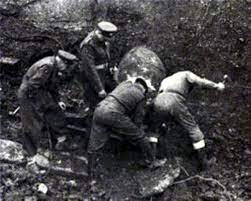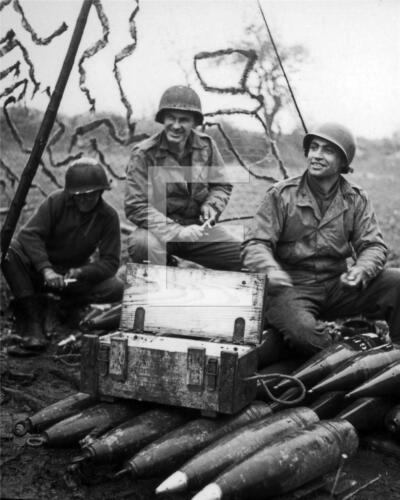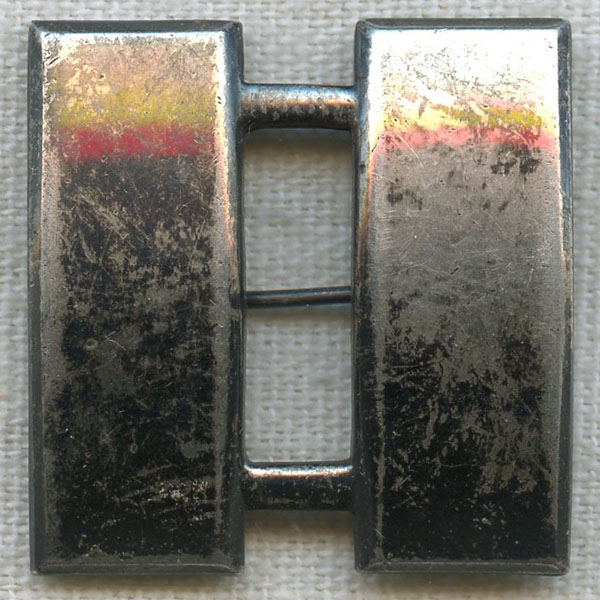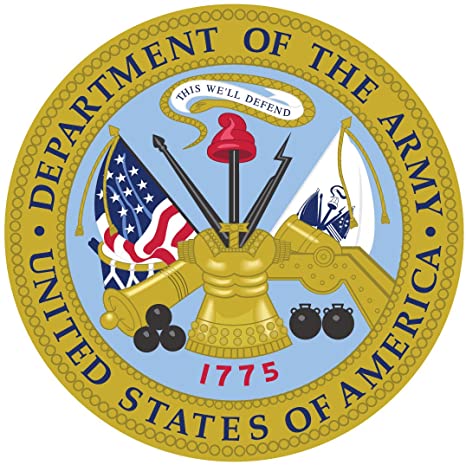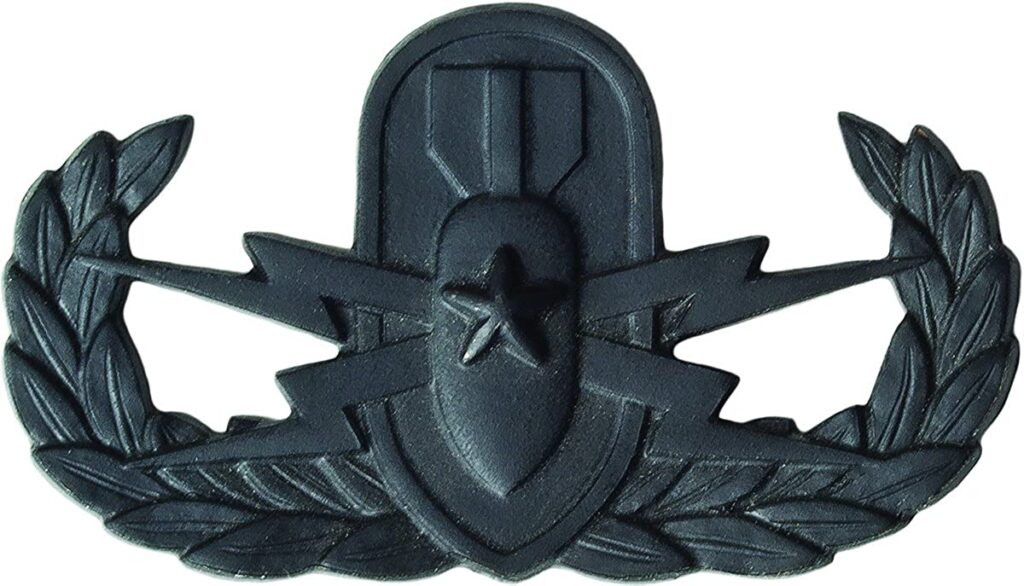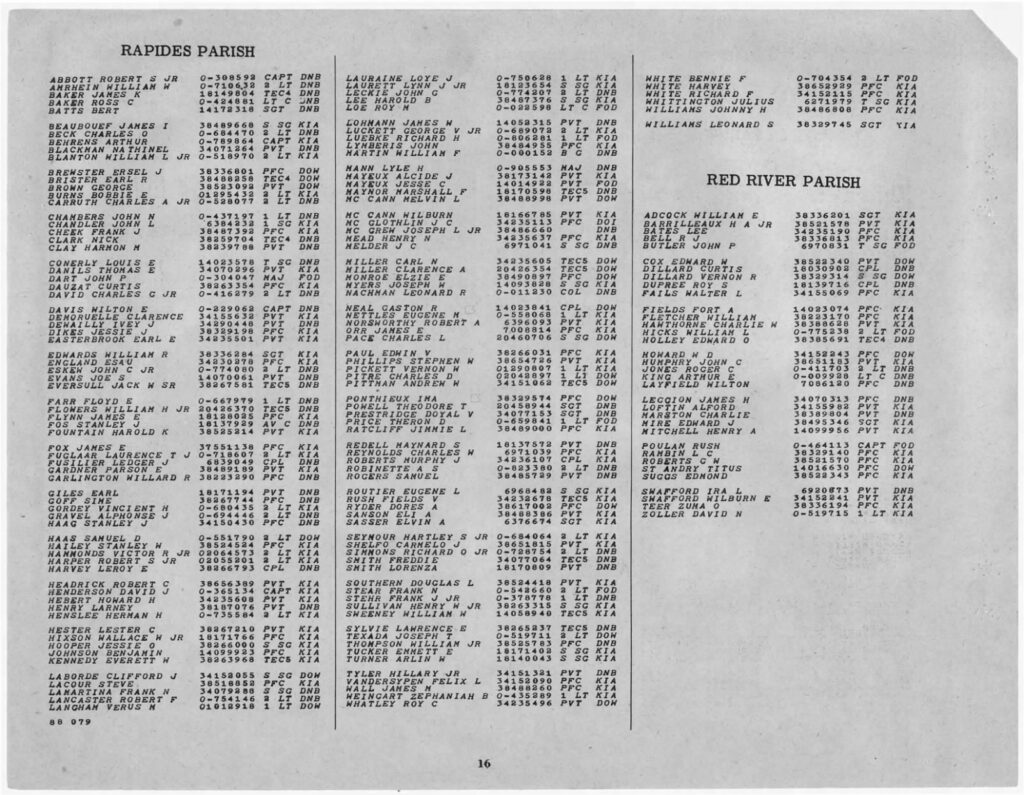Name and Rank, Captain Robert Stuart Abbott Jr.
Unit/Placed, 127th Ordnance Bomb Disposal Squadron.
Robert was born in 16 January 1912 in Atlanta, Georgia.
Father, Robert Stuart Abbott Sr.
Mother, Grace E. (Hubbs) Abbott.
Robert entered the service from Louisiana with service number # O-308592.
Robert S. Abbott Jr. was a Captain in the 127th Ordnance Bomb Disposal Squad .
Robert died in an accident near Hürtgenwald on March 5, 1945, he is honored with a Senior Bomb Squad Badge, Good Conduct Medal, American Campaign Medal, Army Presidential Unit Citation, European-African-Middle Eastern Campaign Medal, WW II Victory Medal.
And he is buried at Epinal American Cemetery and Memorial, Epinal,
Departement des Vosges, Lorraine, France.
Thanks to,
Jean Louis Vijgen, ww2-Pacific.com ww2-europe.com
Air Force Info, Rolland Swank.
ABMC Website, https://abmc.gov
Marines Info, https://missingmarines.com/ Geoffrey Roecker
Seabees History Bob Smith https://seabeehf.org/
Navy Info, http://navylog.navymemorial.org
POW Info, http://www.mansell.com Dwight Rider and Wes injerd.
Philippine Info, http://www.philippine-scouts.org/ Robert Capistrano
Navy Seal Memorial, http://www.navysealmemorials.com
Family Info, https://www.familysearch.org
WW2 Info, https://www.pacificwrecks.com/
Medals Info, https://www.honorstates.org
Medals Forum, https://www.usmilitariaforum.com/
Find a Grave, https://www.findagrave.com
Tank Destroyers, http://www.bensavelkoul.nl/
WordPress en/of Wooncommerce oplossingen, https://www.siteklusjes.nl/
Military Recovery, https://www.dpaa.mil/
BDs in the Pacific
No discussion of World War Two bomb disposal is complete without an exploration of the unique challenges of the Pacific Theater, where long distances, constant work, and jungle climate adversely affected unit record-keeping.
Owing to navy shortages, army personnel often handled all naval ordnance that they encountered. Today’s joint-service EOD training reflects the fact that many army technicians paid the price for this oversight.
Capt. George C. Sarauw and his entire team perished on April 18, 1945; when a Japanese beach mine blew up their transport on the island of Ie Shima, part of the Okinawa prefecture. Ironically, this tragedy occurred on the same date war correspondent Ernie Pyle died covering the battle.
Like the Germans, Japanese soldiers were masters of improvised explosives. In fact, when Douglas MacArthur famously waded ashore at Luzon, making good on his promise to return to the Philippines, he did so only when the 109th BD Squad had finished combing the beaches of for mines. The 109th also accompanied MacArthur on his “March to Manila”, where they were ambushed while scouting ahead for UXBs. No one was killed, but the team’s officer, 1st Lt. Carl Cirocco, lost the use of his arm due to shrapnel.
Japanese defenders would use anything, even “dud” American bombs, to hinder Allied troop movements. The 209th, one of the last squads to arrive in the Philippines, supported infantry operations on the large jungle island of Mindanao. They were disarming Japanese depth charges used as landmines on June 28, 1945.
